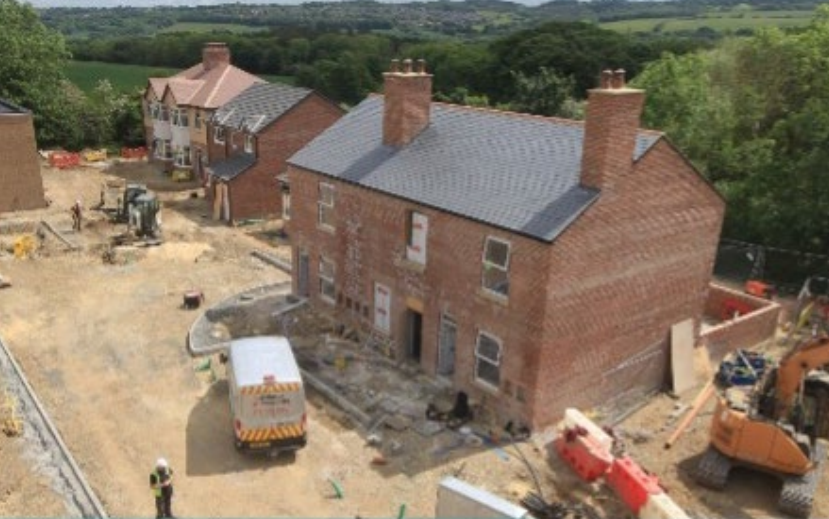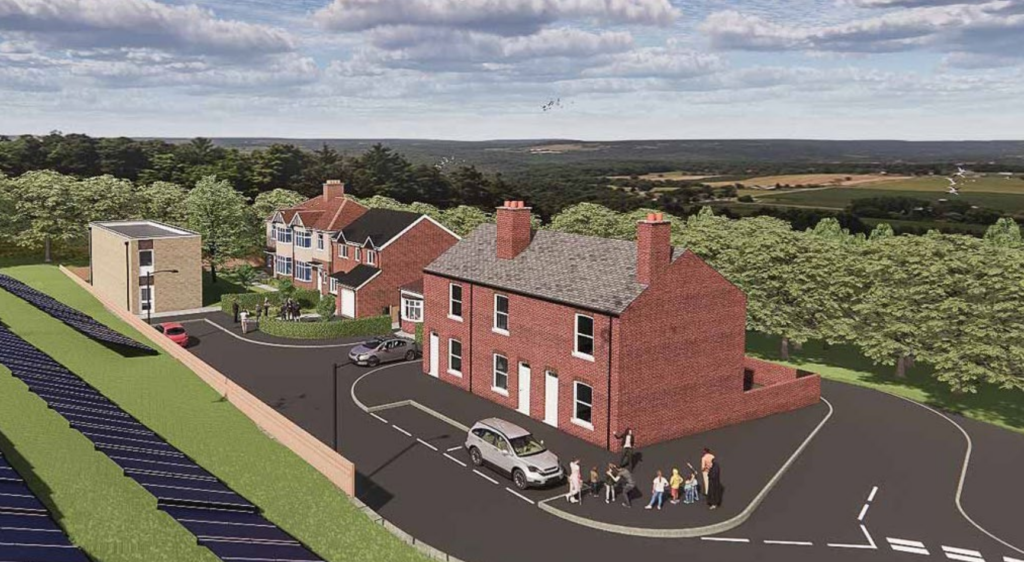ABOUT US
ABOUT
LOW THORNLEY
The history of the Engineering
Research Station facility
The Low Thornley test site was built in 1969 on a five acre site, 13 miles south of the main national Engineering Research Station (ERS).
The site has a history of research dating over 50 years. It was built at the point where gas was transferred from the new National Transmission network to the Northern Gas Region. At this point, it was possible to borrow gas at pressures of up to 70 bar, utilise it to conduct tests, and then send it on its way to the customer at a lower pressure. The site, with its compact network of pipes of different sizes, was designed rather like a grand Meccano set, in which much of the pipework can be rebuilt over and over again, giving enormous versatility for testing components and layouts in ways that simulate all types of field installations

The nerve centre of the complex is the control building
A control centre in gas distribution using SCADA (Supervisory Control and Data Acquisition) systems plays a crucial role in ensuring the safe, efficient, and reliable operation of the gas distribution network. Here’s a breakdown of its functions:
Potential future System Integration and Interoperability, specifi cally when looking at gas and electric control systems, involves integrating two distinct but interdependent energy infrastructures. This requires comprehensive research across several domains to ensure seamless operation, enhanced effi ciency, and improved reliability.
How the site has changed
The properties on Futures Close at NeRV will allow us to test retrofittable solutions to each property, to help us understand how we might better achieve net-zero.
There are five types of property, each built to original building standards and using materials commonly used at that time, to fully reflect the building fabric and challenges that exist with buildings of each era. The property styles have been designed to be representative of UK housing stock.
A series of experimental projects will take place at Futures Close which will help us to better understand how small changes in the home. Specifically, how the interventions can improve energy and water efficiency, resulting in decreased carbon emissions, and lower customer bills. Being able to test how easy it is to retrofit solutions to properties with different characteristics will help us to find the most effective solutions, and potentially make changes with the way future solutions are designed



Low Thornley test site modern history
In more recent times, the UK’s first research and demonstration test bed that has been designed to inform and shape whole system approaches to decarbonisation.
09/2017
Launch InTEGRel
03/2019
Develop
Customer Energy
Village concept
06/2020
Secure local growth
fund investment
to develop design
03/2021
NGN collaborate with Cadent and BEIS team to develop the Hydrogen Home
07/2021
Hydrogen Home
launched, exceeding
2500 visitors
08/2021
Secure getting building fund investment to support build
–
Hydeploy 2 trial
(676 customers – 20% H2 blend) through Network Innovation Competition funding
03/2022
Work commences to construct the Customer Energy Village complex
05/2023
Construction commences on the Northern Powergrid Battery Energy Storage System
10/2023
Development of the Solar Array commences
01/2024
NeRV commissioning and research commences